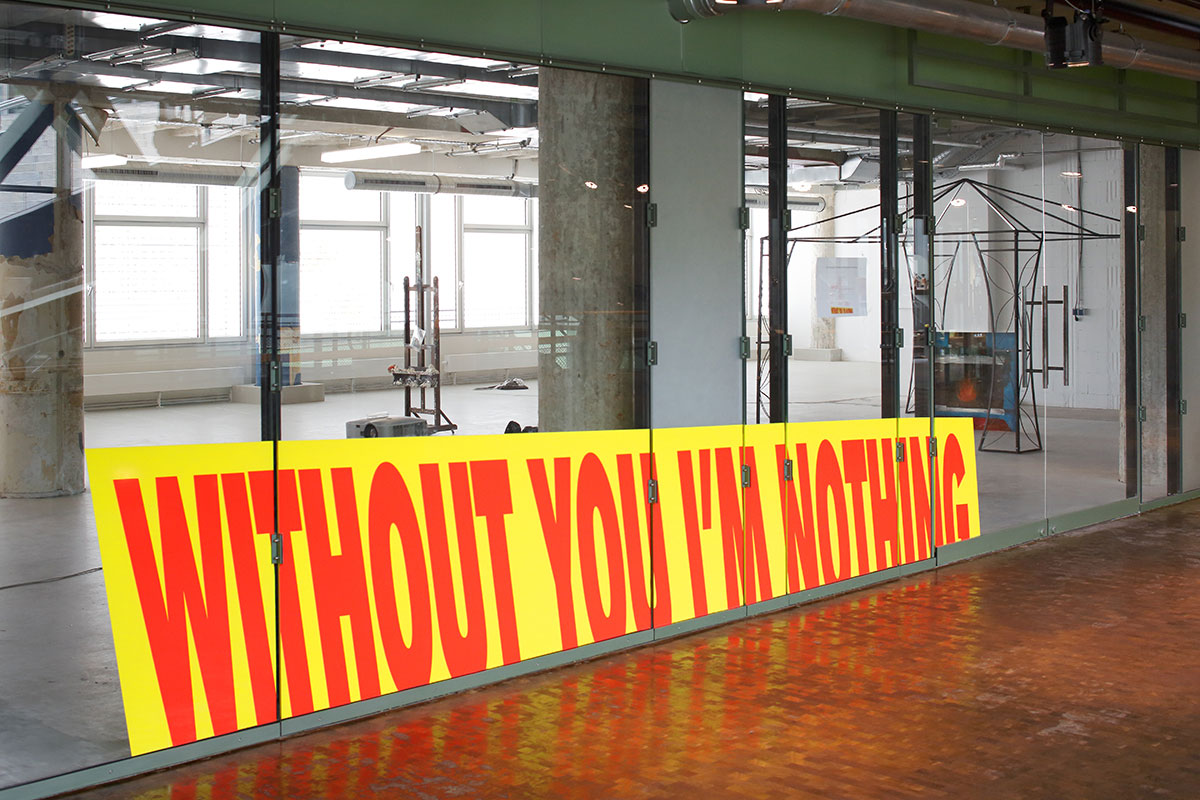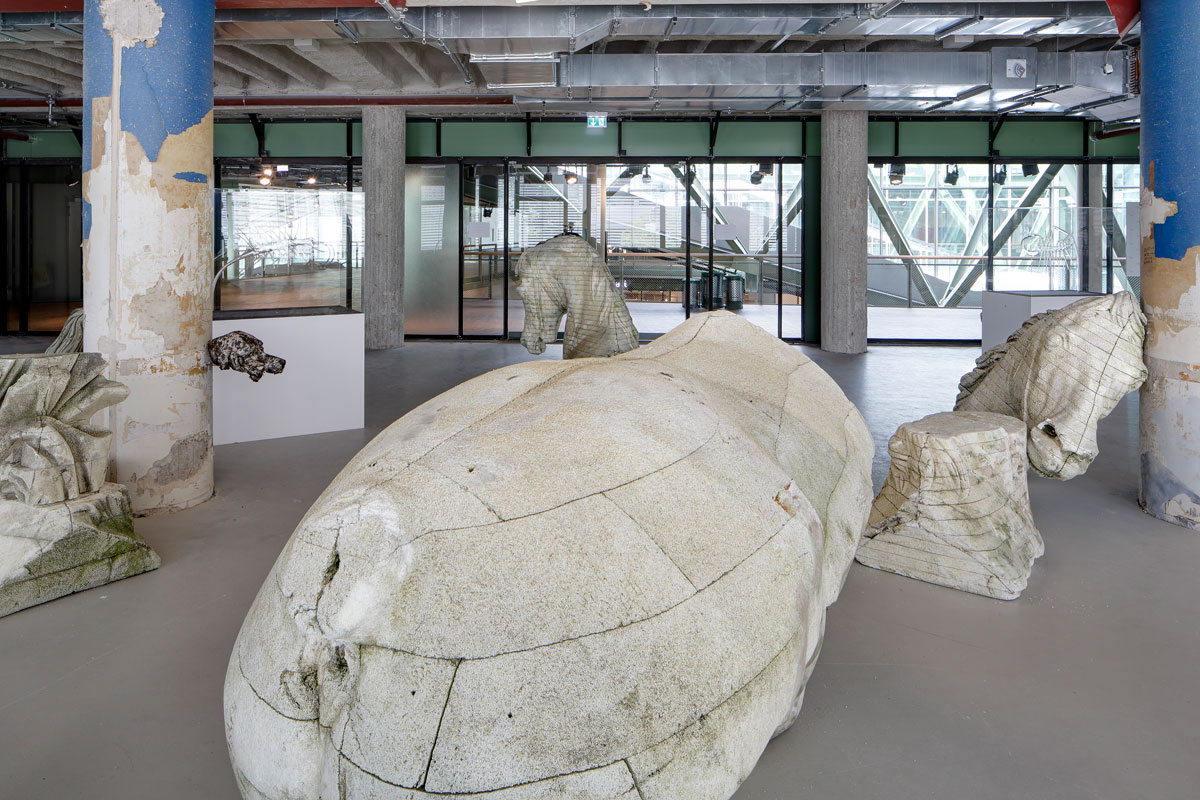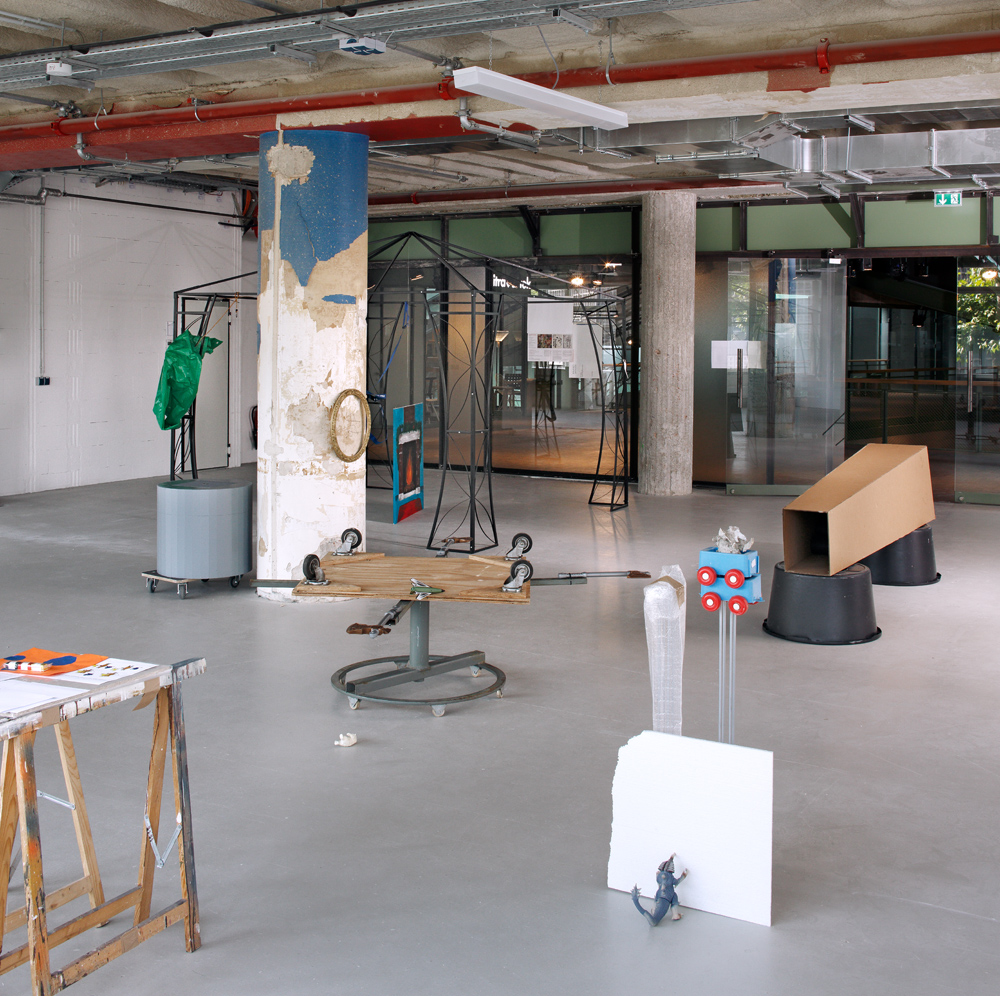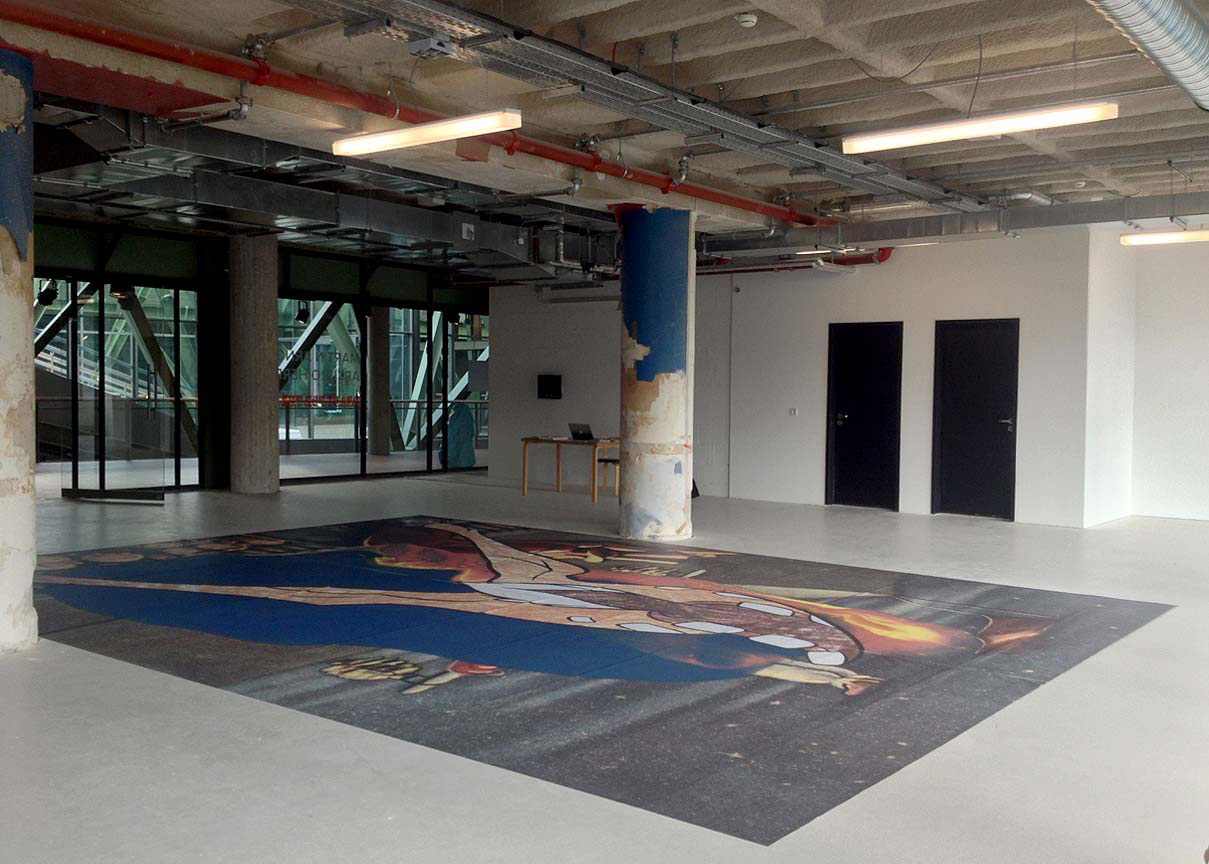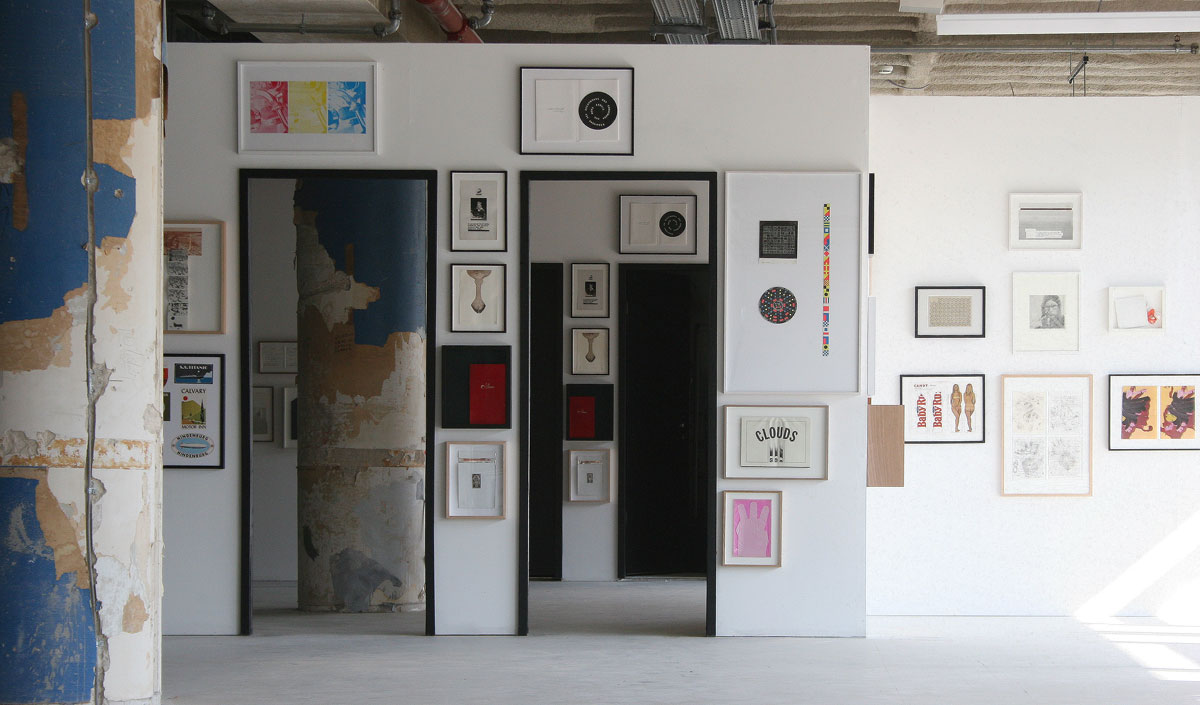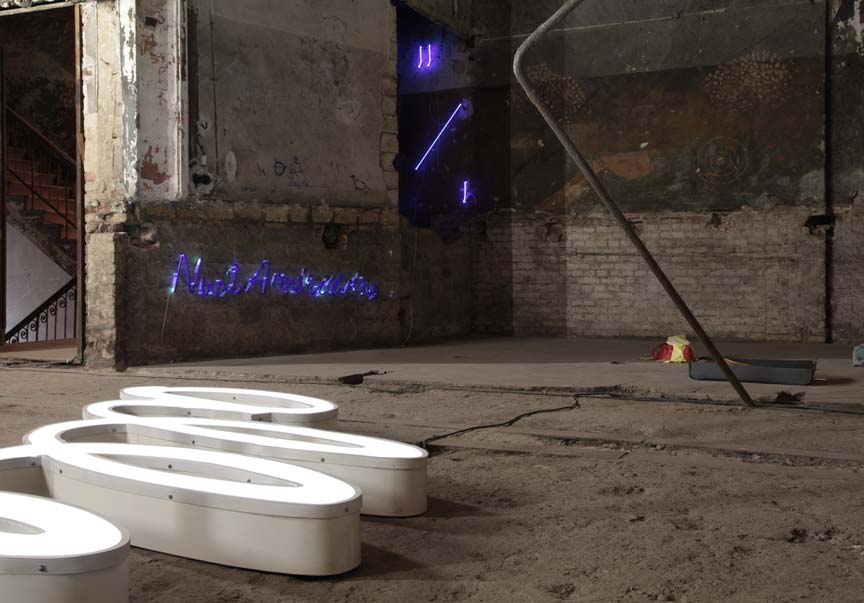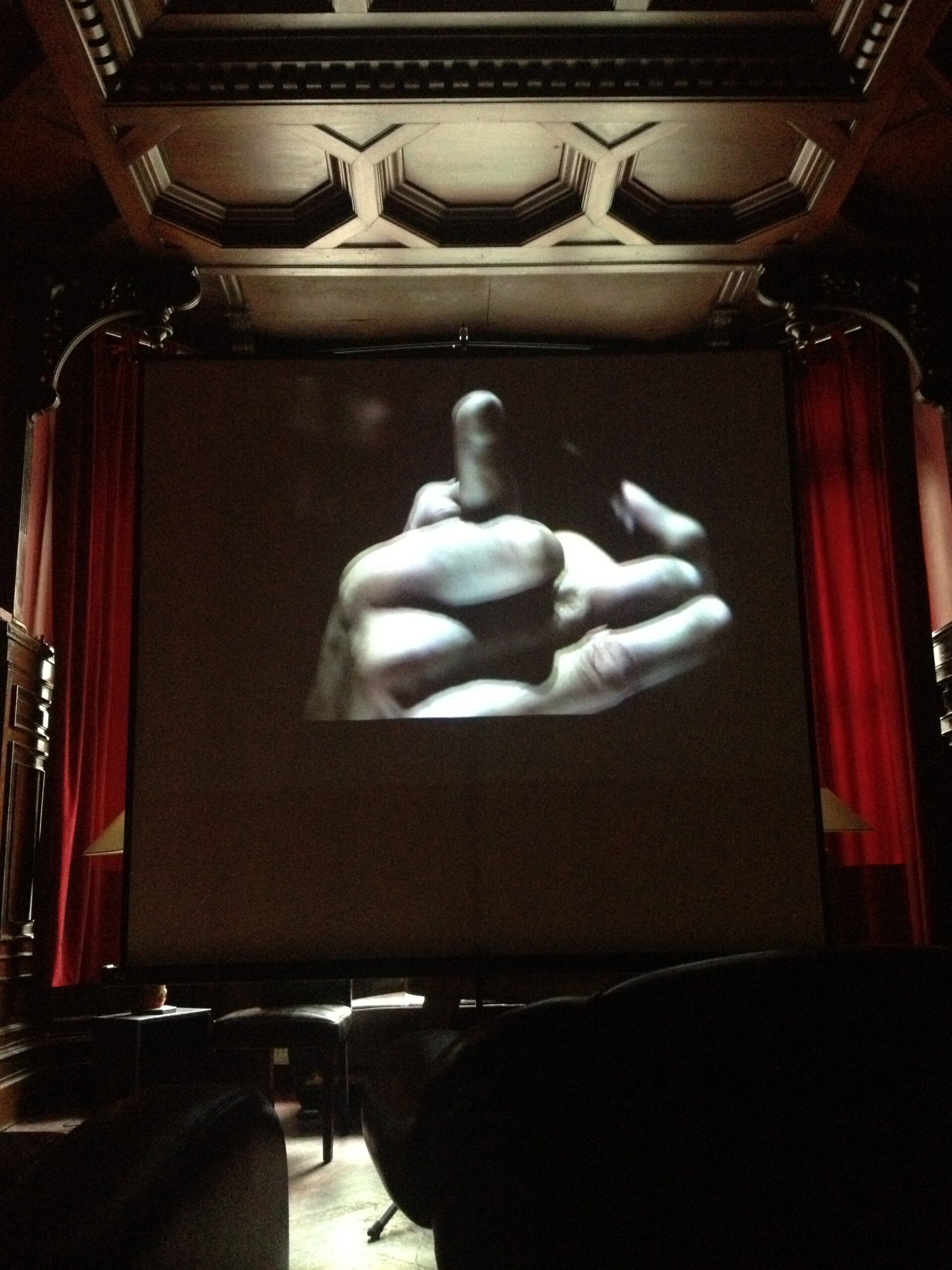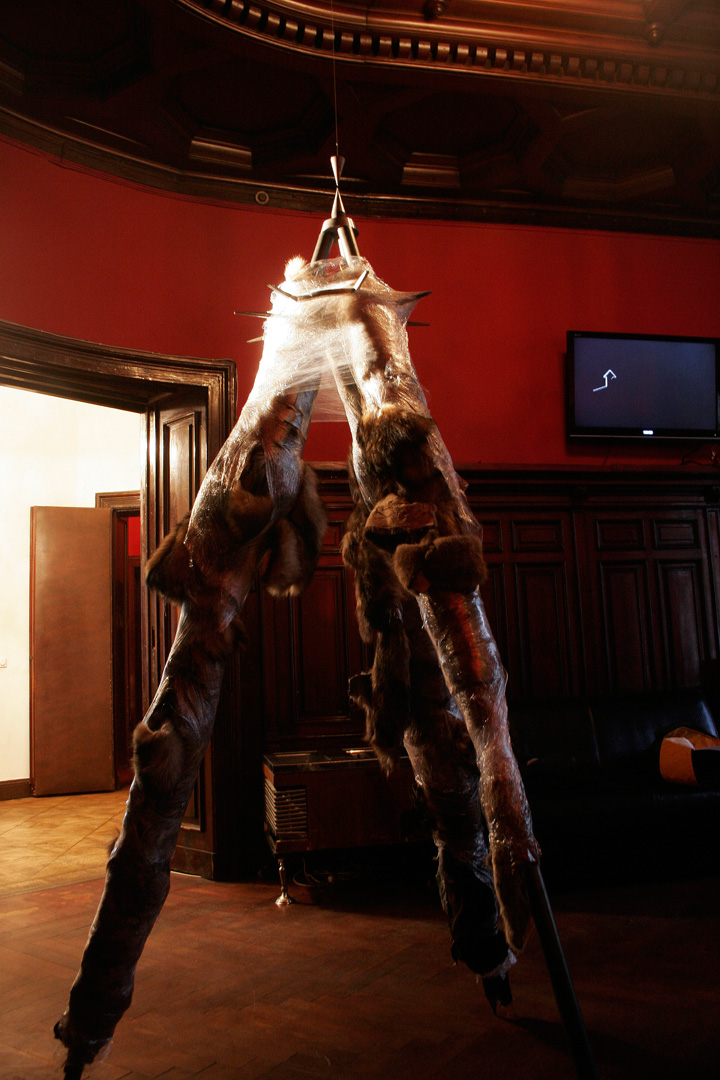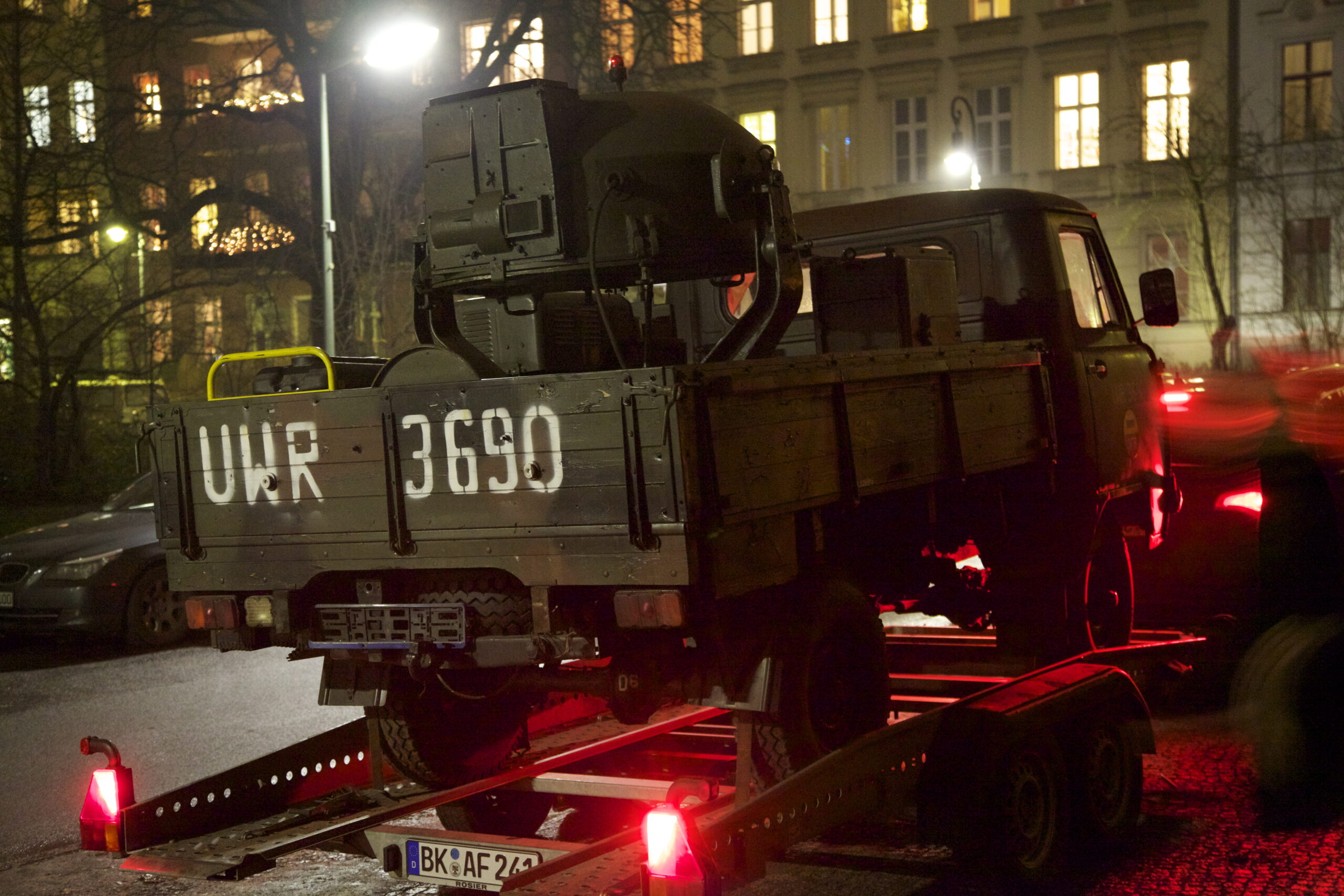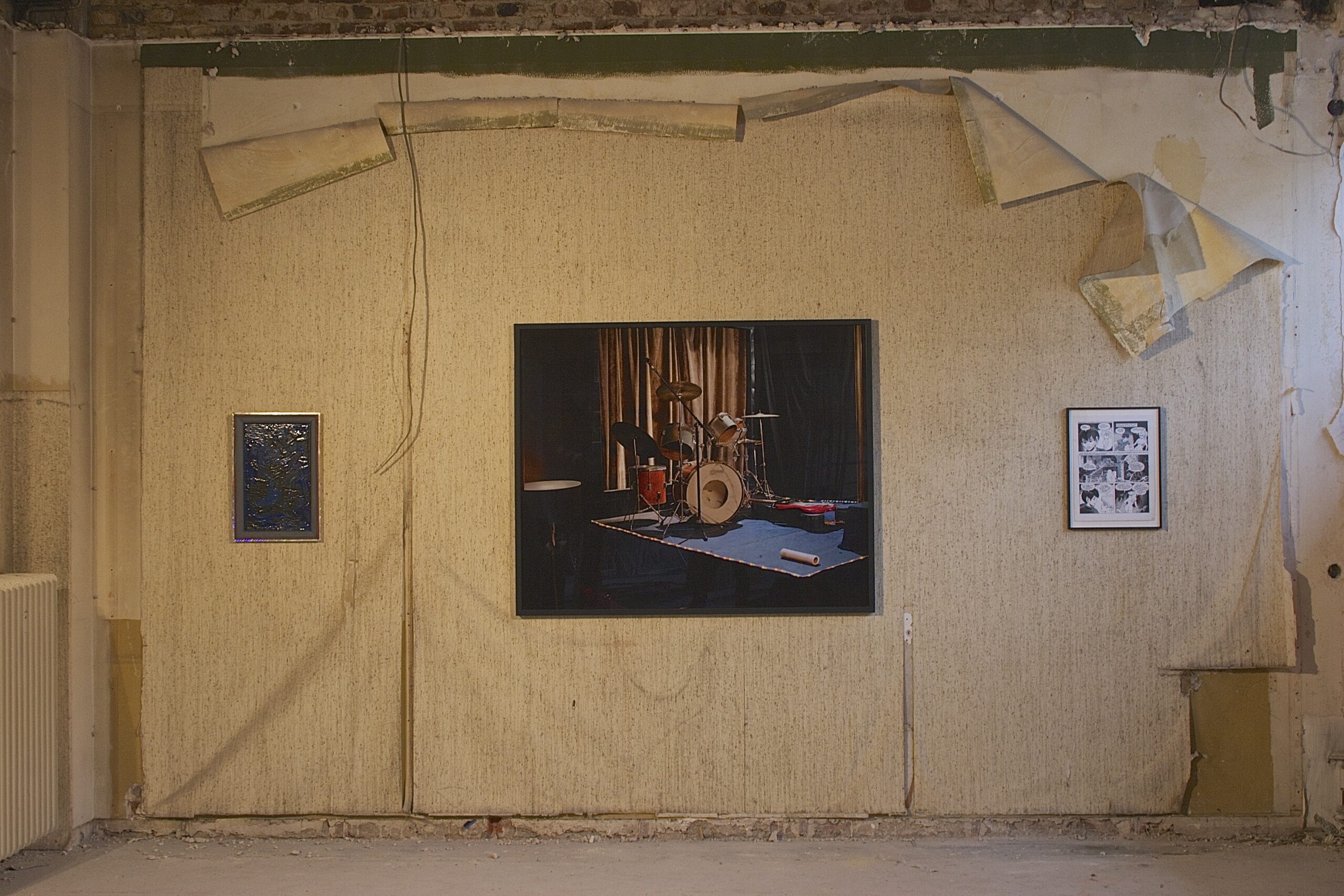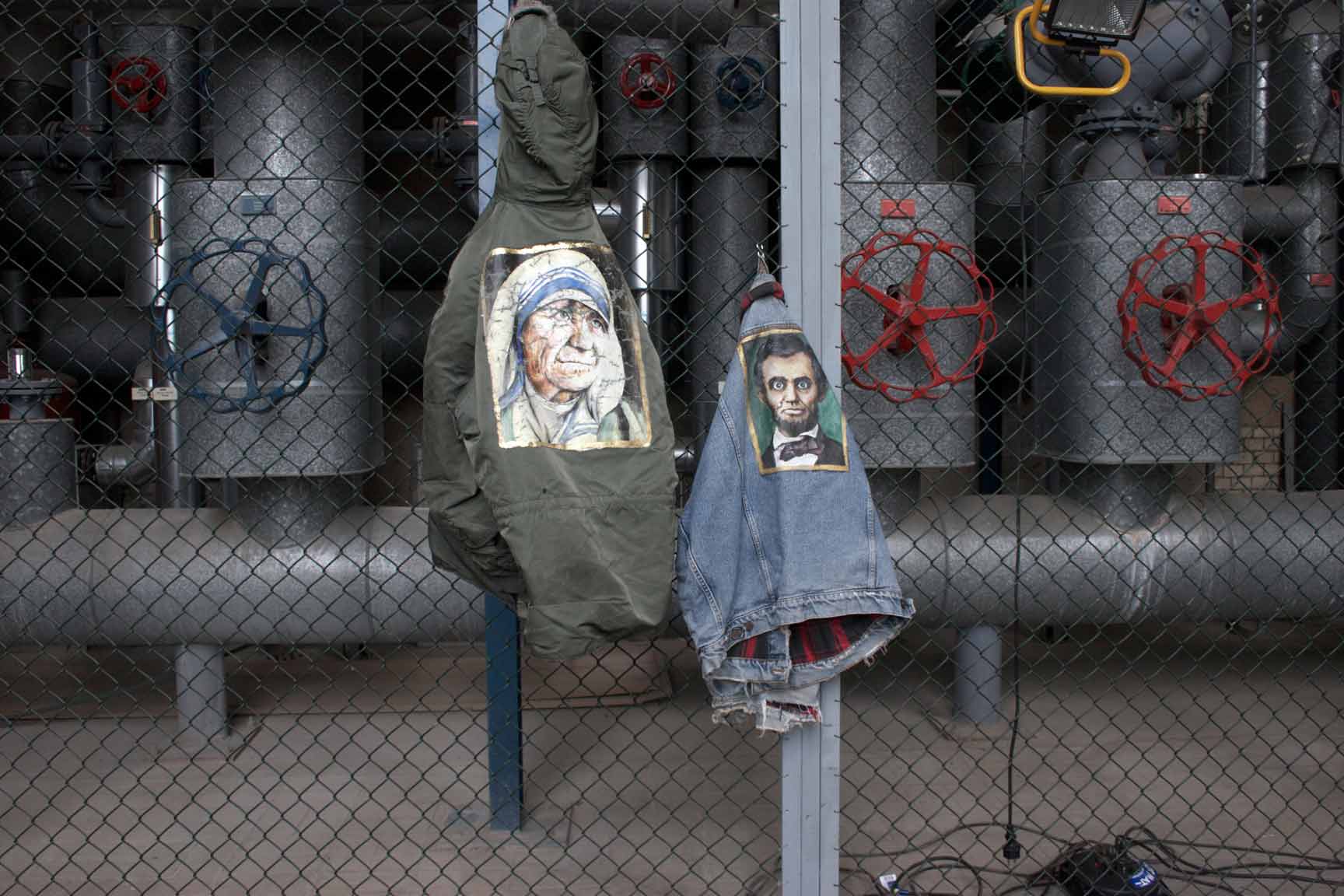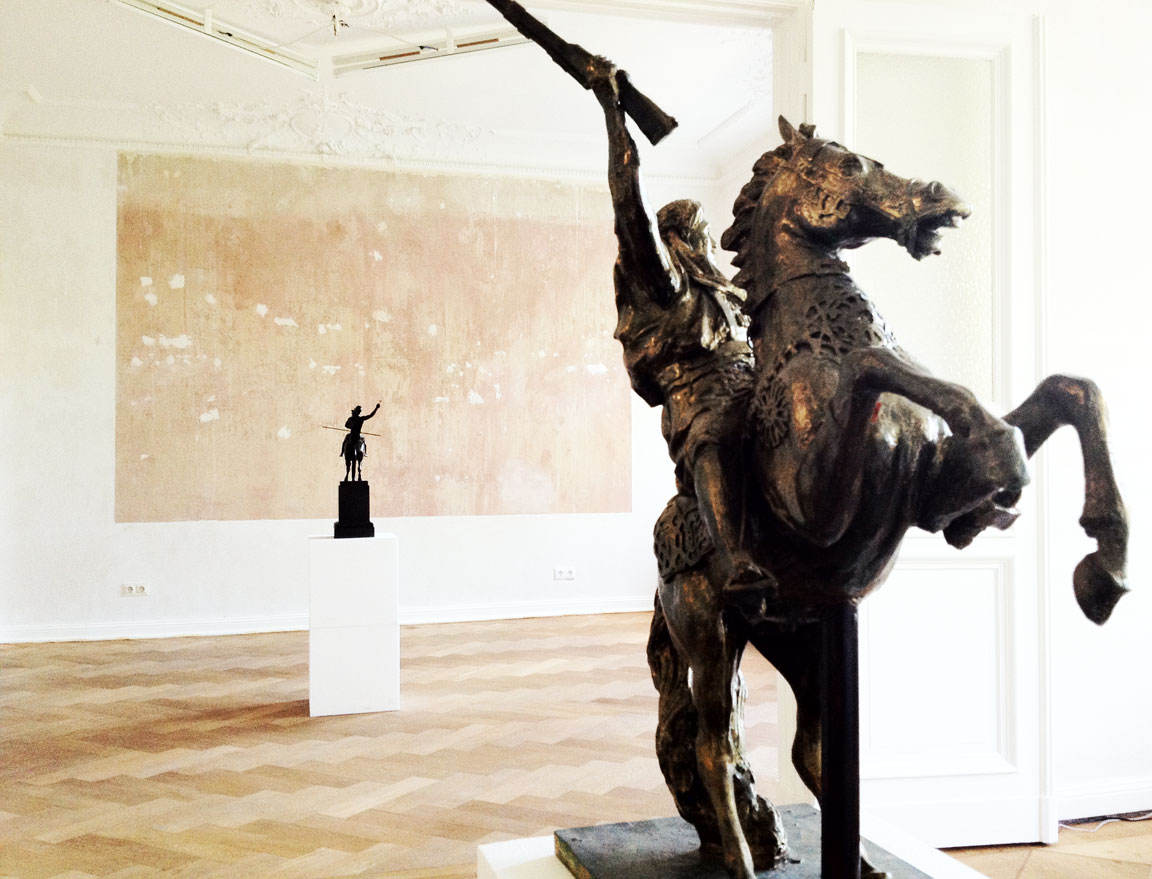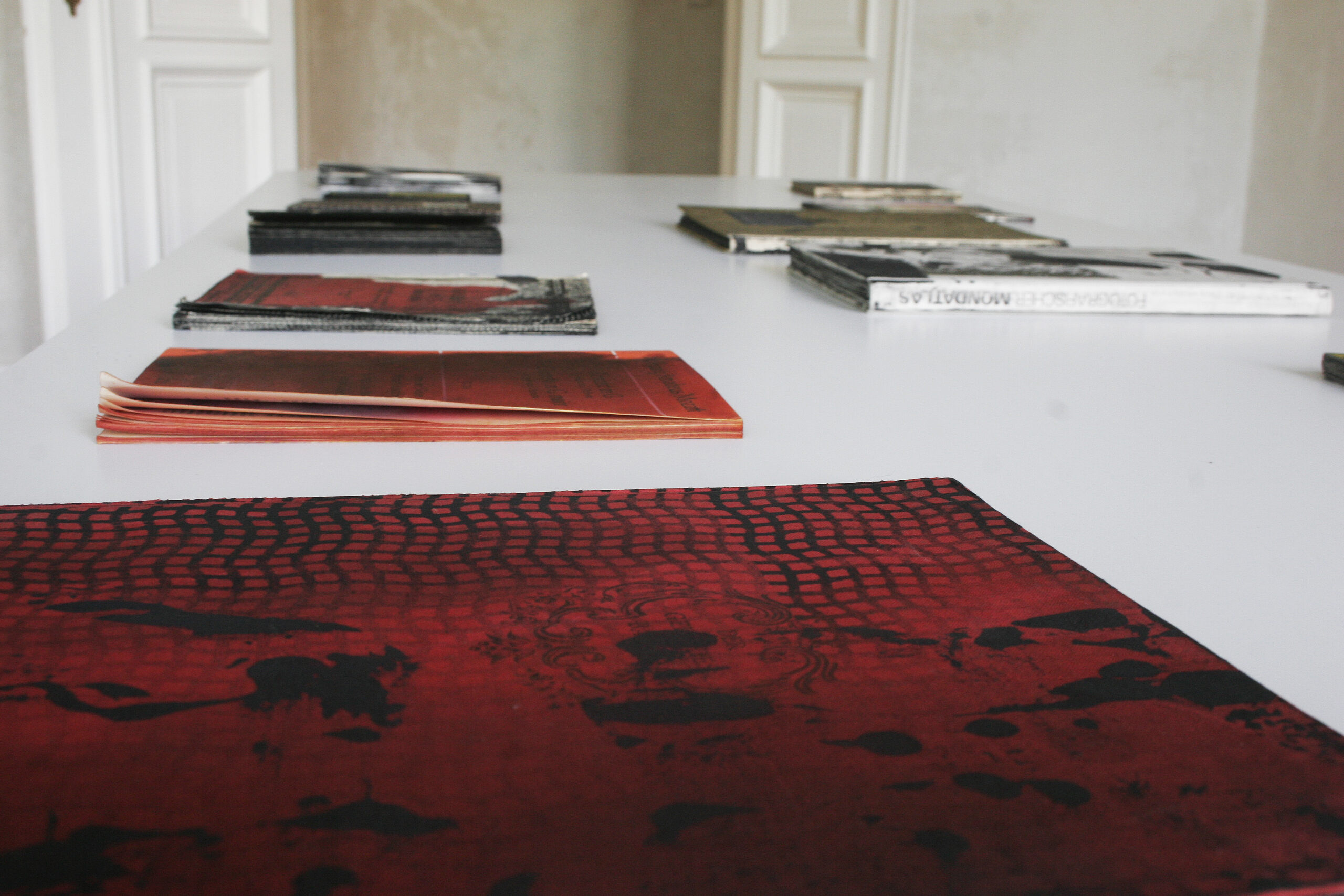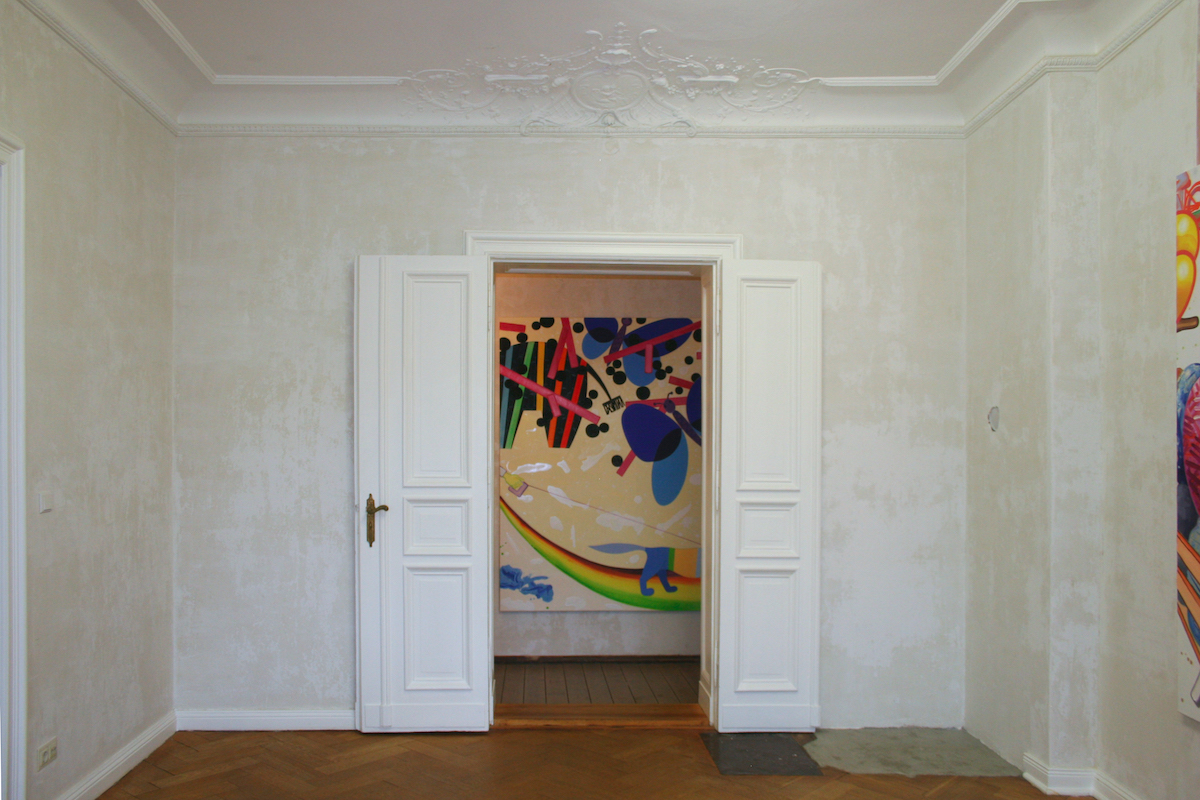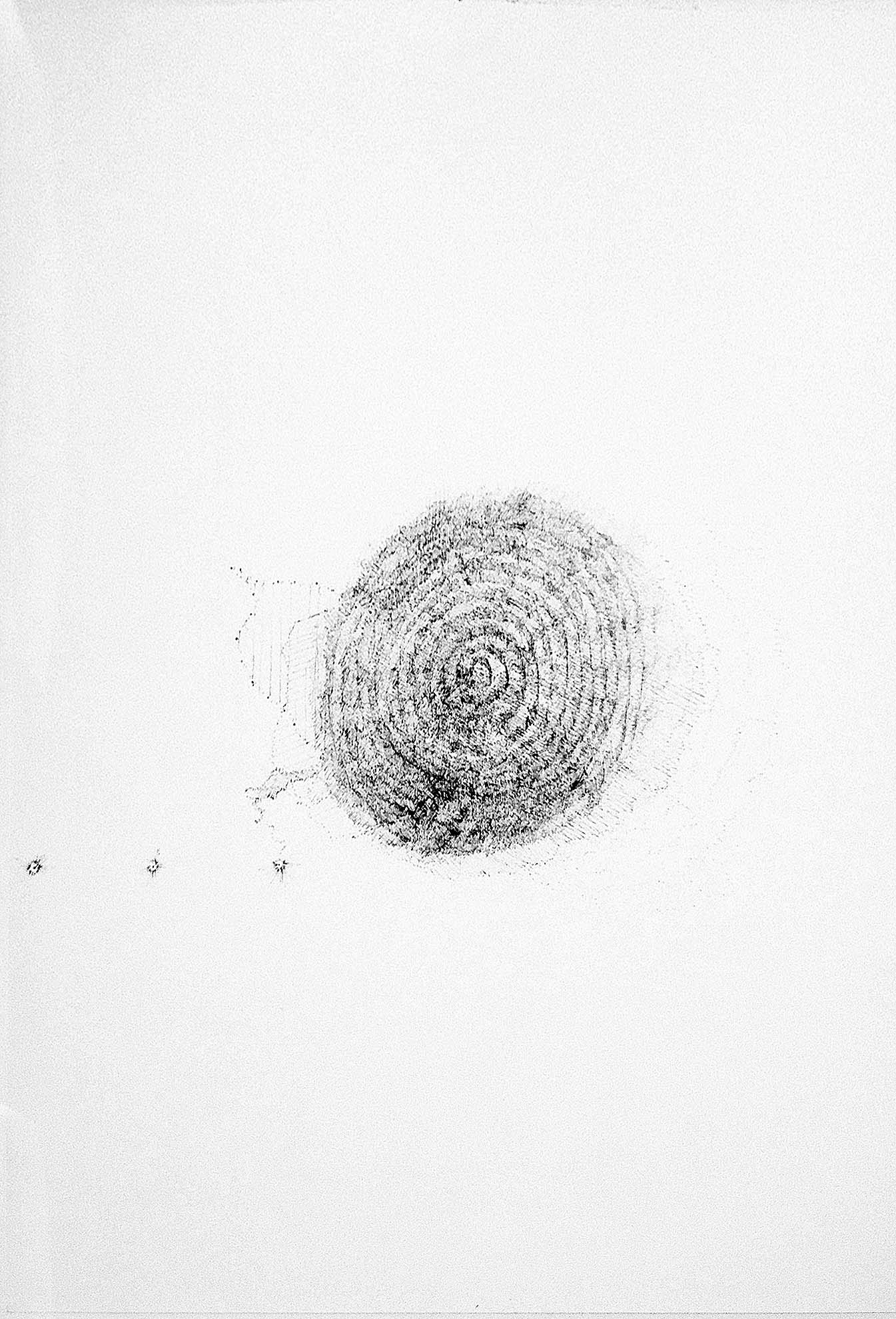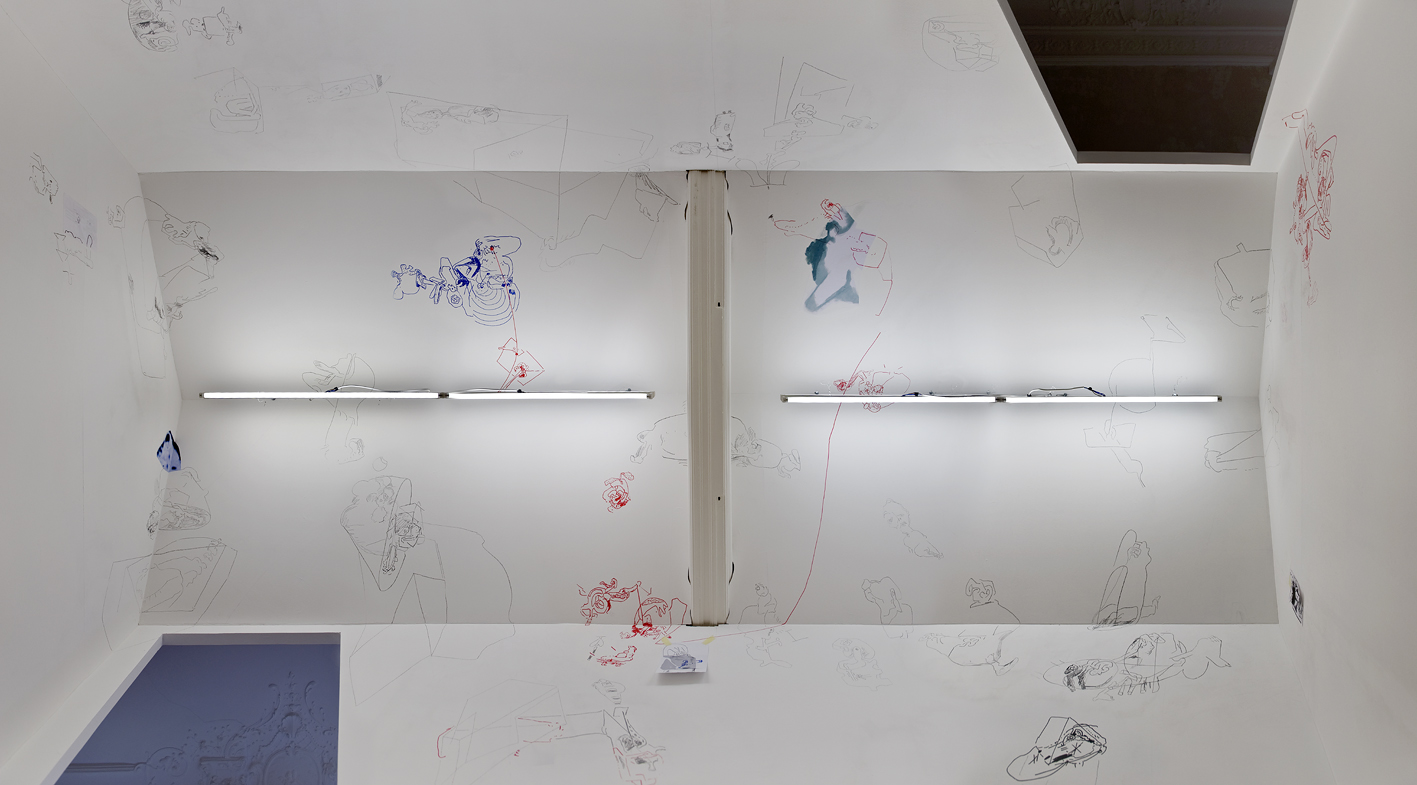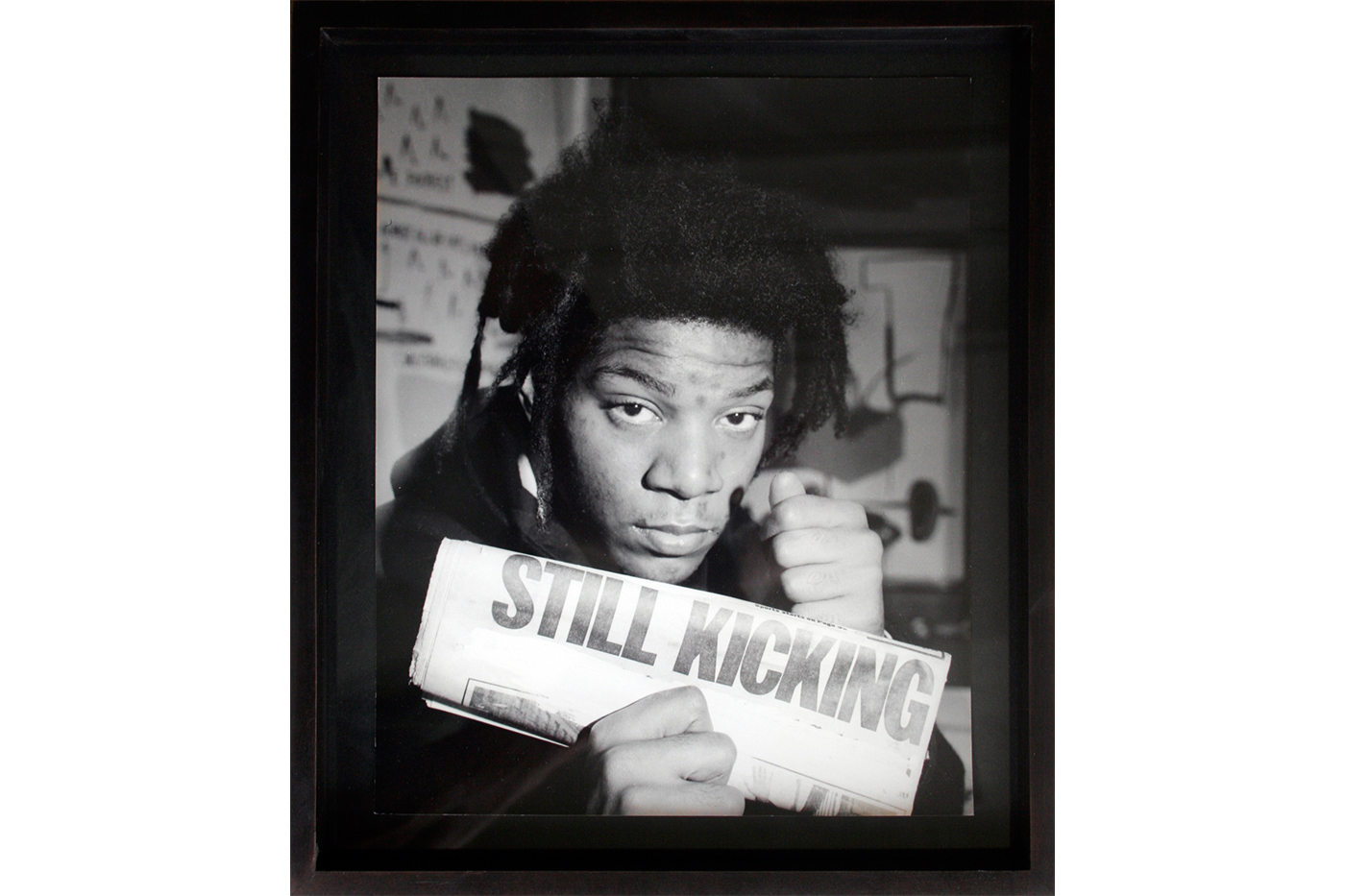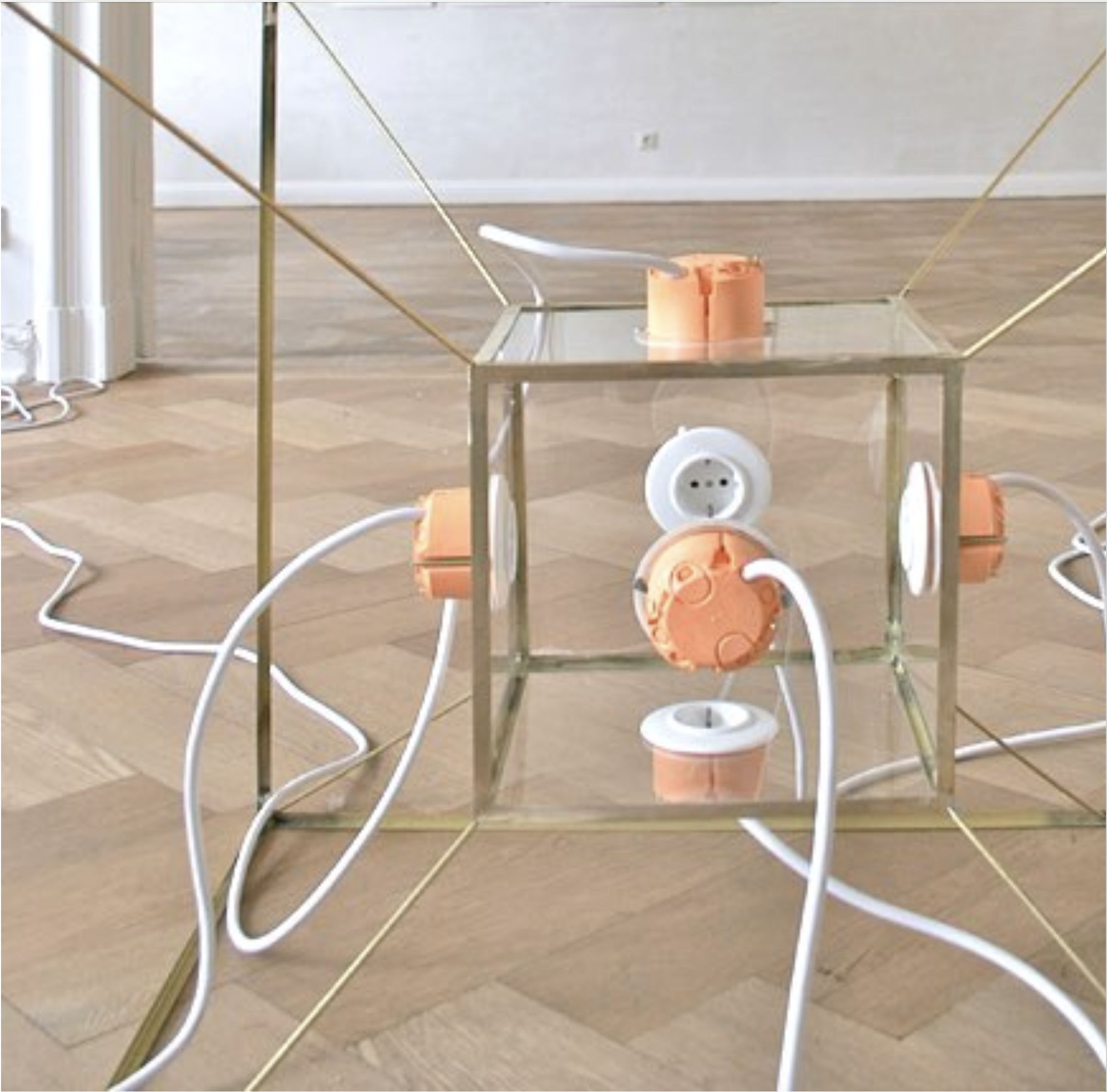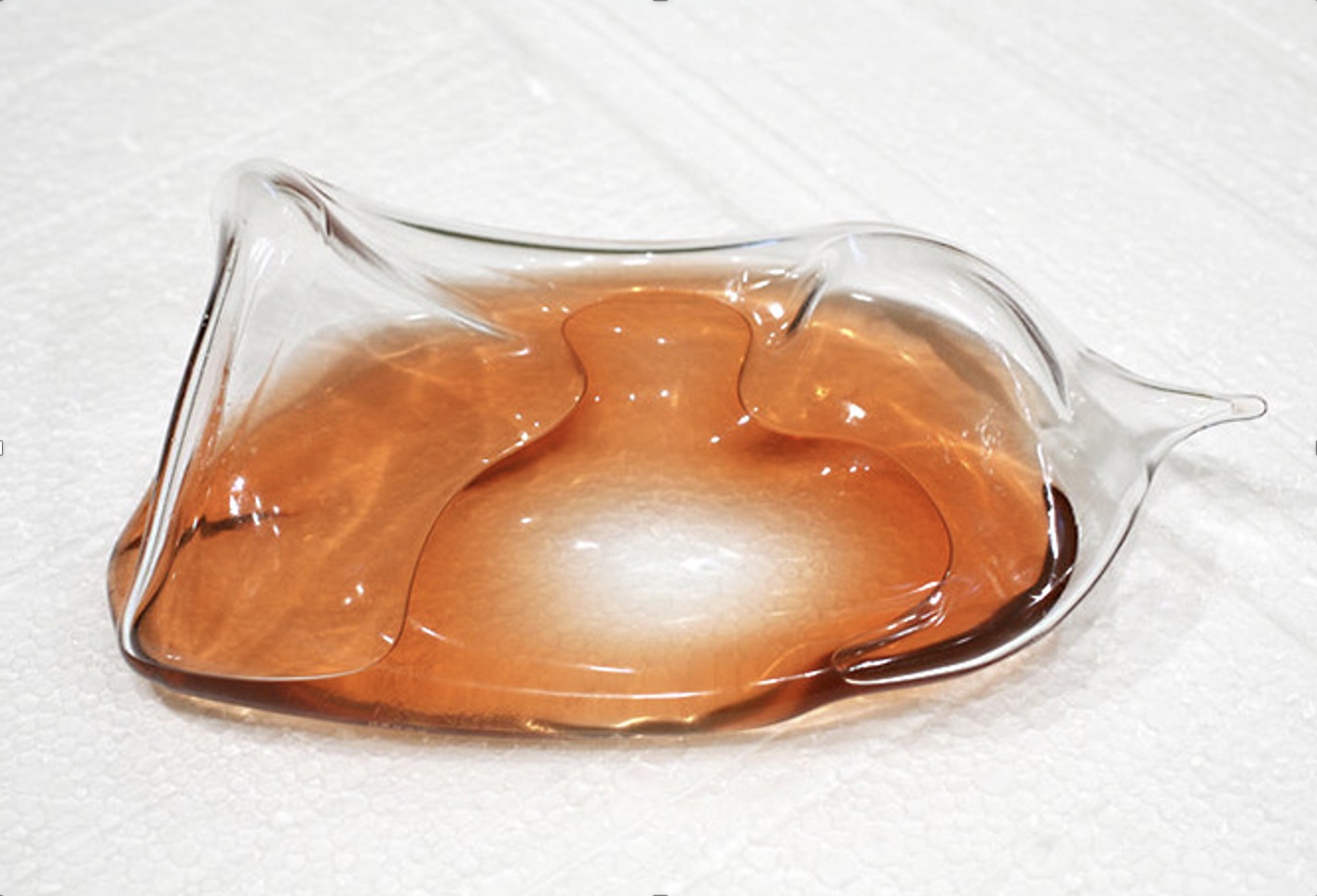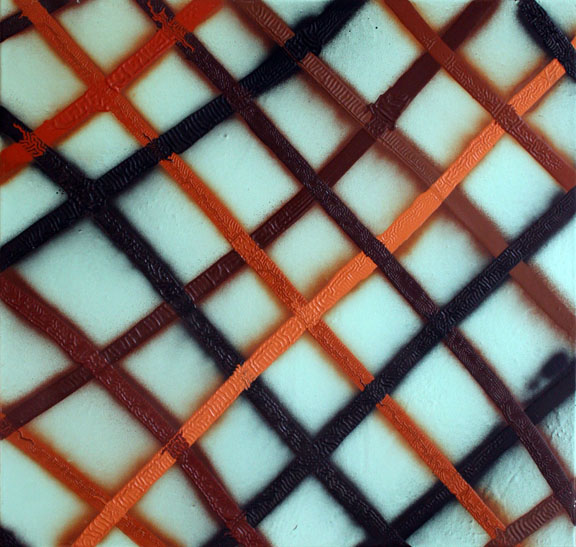#19 Without you I’m nothing
heldart, kuratiert von Arturo Herrera
#18 The Phantastic 4,4444
Peter Stauss, Martin Walde
Interstitial#5 – Die Zone
heldart
#17 Ready For The Show
Martin Arnold, Arturo Herrera
#16 William Copley S.M.S., William Copley S.M.S., William Copley S.M.S.
Saadane Afif, Fine Art Service, heldart
#15 Maximum Self Part 02
heldart and artists
Interstitial#4 – ‚By-Cycles’
curated: by Jofroi Amaral and Pierre Granoux
#14 Split Shutter
Martin Arnold, John Bock, Heiner Franzen, Arturo Herrera
#13 Maximum Self Part 01
Sun Yuan & Peng Yu
#12 maps and orientation part 2
heldart and artists
#11 maps and orientation part 1
heldart
#09 last order II
heldart and artists
#08 last order I
"Omar Moktar“ - Grossskulptur für Tripolis
#07 Arturo Herrera “Books”
heldart, kuratiert von Arturo Herrera
Interstitial#3
by Marcus Weber
#06 Michael Kunze “Vollendung”
heldart, kuratiert von Michael Kunze
#05 Heiner Franzen “Schichter”
Heiner Franzen, Tarnkappe (KIT), Robert Crumb, Moebius, Wally Wood
#04 Portraits and Faces
heldart
Interstitial#2
‚Lazy Eight’
#03 Zeitlabor, Martin Walde
heldart
Interstitial#1
"Good Morning Mr. Laing"
#01 Independence day
heldart
